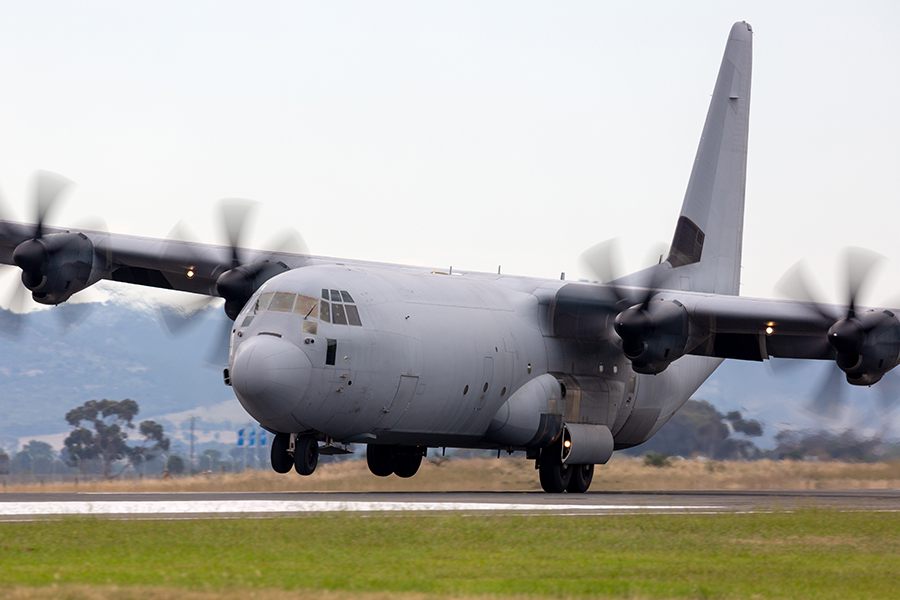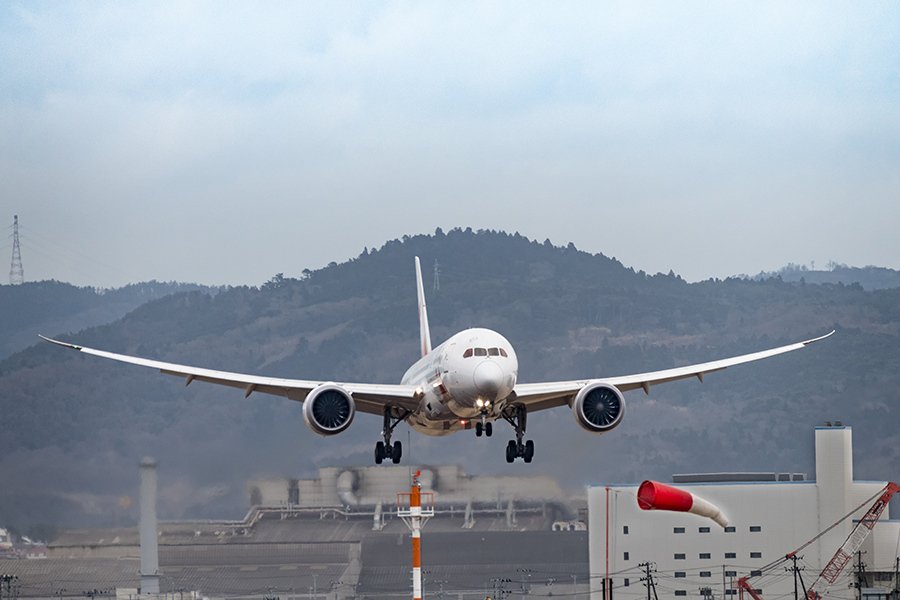“Forward slip” and “sideslip” are often used interchangeably, even by experienced pilots and flight instructors. Adding to the confusion, when these maneuvers are taught during flight school, the terminology is often ambiguous, and emphasis is placed on how to fly the maneuvers, not the aerodynamic difference between the two. So, what is the difference between a forward slip and a sideslip, and why does it matter?
So, What’s the Difference?
Both forward and sideslips involve opposite aileron and rudder input. In a forward slip (typically used to increase drag and decrease altitude), the aircraft’s nose points away from the direction of flight, with the lowered wing facing the direction of flight. In a sideslip (typically associated with the final stage of a crosswind landing), the aircraft’s nose points in the direction of flight, regardless of which wing is lowered.
For a detailed explanation of the difference between a forward and sideslip, the Federal Aviation Administration’s (FAA) Airplane Flying Handbook (AFH) should be used as a reference.
To understand the difference between a forward and a sideslip, we need to understand the slip in general. A slip, at its core, is an uncoordinated turn. In other words, when the ball of the turn coordinator is not in the middle, you’re in a slip.
When an aircraft attempts to land in a crosswind, aileron input must be provided into the wind, and rudder input must be provided in the opposite direction of the wind to keep the nose aligned with the centerline. This is a classic example of an intentional slip. But what kind, forward or side?
Practically: both. Technically: a sideslip. The difference resides in the degree of aileron to rudder input.
Both forward and sideslips involve opposite rudder and aileron input, and neither should be unintentional. Intentional forward and sideslips are very useful and crucial to aircraft control. Generally, sideslips are used when landing in a crosswind, and forward slips are used to lose altitude.
Let’s first examine the king of crosswind landings, the sideslip.
The Sideslip

When you hear the phrase “sideslip,” think of a condition where the aircraft’s nose points in the same direction of its track, with a bank angle other than wings level.
The point of an intentional sideslip is to keep the aircraft’s nose pointed in the same direction of its track upon touchdown, regardless of wind conditions. A sideslip may be used during the entire final approach or, more commonly, right before a touchdown during a crosswind landing.
For aircraft with longer wing spans, such as gliders, the sideslip landing technique must be modified to minimize the bank angle required before touchdown to avoid a wing strike.
If no crosswind condition exists, a sideslip may not be required during landing, and an aircraft may land in a wings-level attitude.
The Forward Slip
The forward slip is used to substantially increase drag in order to lose altitude and is often incorrectly referred to as a sideslip.
In a forward slip, the aircraft’s nose points away from the direction of flight, and the lowered wing points towards the direction of flight.
Generally speaking, forward slips can be entered regardless of wind direction, and maximum rudder input is often used. It may be helpful to think of a forward slip as a sideslip exaggerated through more significant control inputs.
Your bank angle determines your rate of descent in a forward slip. The greater the bank angle, the greater the drag and subsequent descent rate.
Before flaps became commonplace on light aircraft, forward slips were often used during normal approaches to decrease altitude. Since flaps have become more common and do a far better job of increasing drag and changing the coefficient of lift, the forward slip is generally only reserved for unique situations.
Some aircraft restrict the usage of forwarding slip maneuvers when flaps are selected, as the flaps may inadvertently block airflow toward the vertical stabilizer, thus significantly reducing rudder control effectiveness. The disruption in airflow may also cause buffering or pitch oscillations. Consult your aircraft’s POH if you are unsure if your aircraft is able to perform forward slips with flaps selected.
Other Applications of Slip Maneuvers

In addition to crosswind landings and decreasing altitude, slip maneuvers are also used in a variety of different circumstances including, but not limited to:
- Aerial photography: A slip can be employed to increase the visibility of the ground from the cabin.
- Aerial combat (also known as dogfighting).
- Forward visibility: If the view from the flight deck is obstructed due to icing conditions or the shape of the cowling, a slip can be used to view the direction of flight through the side of the front window or even through the side windows of the cockpit.
A Note on Terminology
You could be forgiven for enjoying your entire aviation career without knowing the terminological difference between forward and sideslips. The jargon is unnecessarily confusing – you move forward during a forward and a sideslip, but you don’t move sidewards during a sideslip; you technically move sidewards during a forward slip!?
Understanding the concepts behind forward and sideslips is more important than using the correct terminology. That being said, as pilots, we must strive to use the proper and standard terminology. This becomes particularly important in multi-crew environments such as flight instruction or commercial operations. If terminological ambiguity exists between members of the same flight deck, it may lead to significant misunderstandings.
If you are an instructor, speak to your students and discuss the differences and applications of the two maneuvers.
If you are a private or commercial pilot, ask your friends or colleagues about their understanding of the two maneuvers – you may be surprised by how many of them get the terminology wrong.
Lastly, don’t be that guy who corrects everyone’s minor jargon inconsistencies. If you find someone misusing the terminology, find an appropriate time to explain the differences, and do so in a helpful (not judgmental!) manner. No one in their right mind wants to hear you preach the differences between forwarding slips and sideslips in the middle of their crosswind landing.



